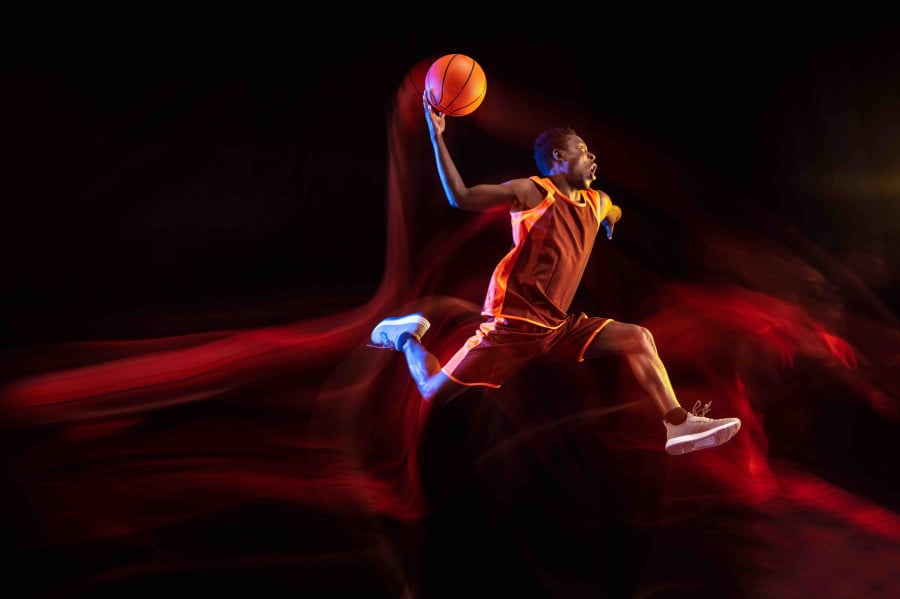Name, image & likeness rights in the NCAA: the evolving legal landscape for college athletes

The college sports arms race has taken on many different forms over the years ranging from lavish facilities dedicated to all aspects of the athlete experience to expanded coaching and administrative staffs designed to improve athlete performance both on and off the field. However, with five states (Florida, California, Colorado, Nebraska, and New Jersey) enacting new legislation and many more going through the process, Congress taking increased notice through multiple hearings and the first three of what is likely numerous pieces of federal legislation, and the NCAA and its membership slowly succumbing to what amateurism will mean in the 21st century, the next frontier in the college sports arms race is upon us: allowing college athletes to earn (at least some) money from the use of their names, images, and likenesses.
An individual’s name, image, and likeness (NIL) rights are the unique identifiers that encompass one’s right of publicity, or the right of the individual to control the commercial use of one’s identity. While individual states define the parameters of this right in the United States, over 24 states have some form of a right of publicity statute, and others have provided similar protections via common law. However, for athletes representing NCAA member institutions, this legal right has been legislated out by declaring athletes who receive compensation for promoting or endorsing a commercial product or service ineligible. While these restrictions are about to be lifted in some capacity, the extent and the uniformity of these potential changes are unclear.
This article summarizes the name, image, and likeness legal landscape, and the rights athletes would have to commercialize their right of publicity depending on what is ultimately legislated, focusing on:
- NCAA regulatory landscape
- State law
- Federal legislation
We will follow up this article with a series of articles focusing on how new legislation would legally impact various stakeholders, including NCAA member institutions, coaches and staff members, athletes, and industry businesses that may engage athletes in various commercial opportunities.
For more information on this topic please also see this LawInSport article by Prof John Wolohan: How has California’s “Fair Pay to Play” Act changed college sport, if at all?[1]
To continue reading or watching login or register here
Already a member? Sign in
Get access to all of the expert analysis and commentary at LawInSport including articles, webinars, conference videos and podcast transcripts. Find out more here.
- Tags: Amateurism | American Football | Baseball | Basketball | California | College Sports | Commercial | Fair Pay for Play Act | IP | National Collegiate Athletic Association (NCAA) | United States
Related Articles
- A full review of the O’Bannon v. NCAA judgment
- A further anti-trust challenge to the NCAA’s athlete compensation cap (In Re: NCAA Athletic Grant-in-Aid Cap..)
- Paving the way to professionalism for college athletes - A review California’s Fair Pay for Play Act




